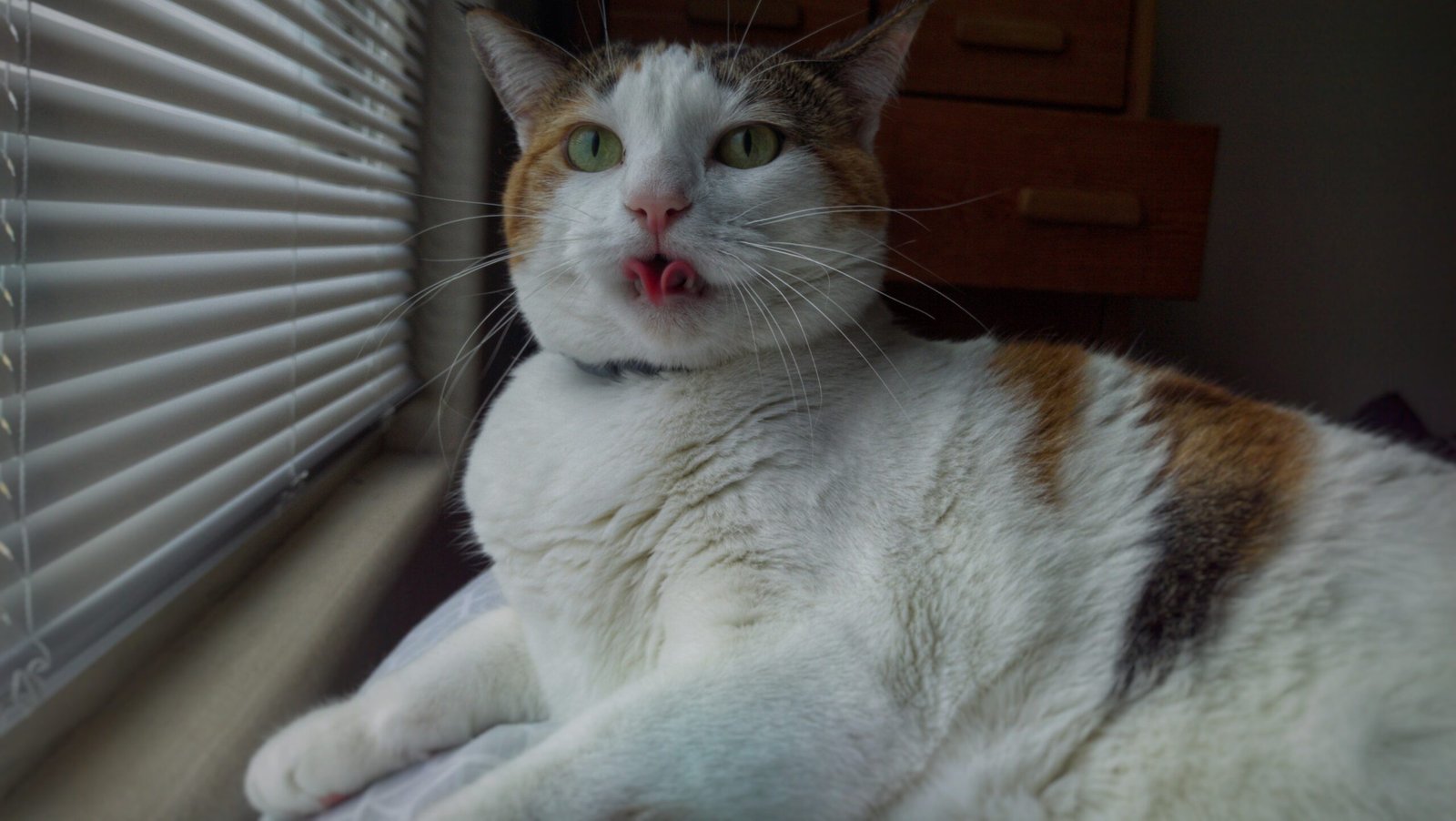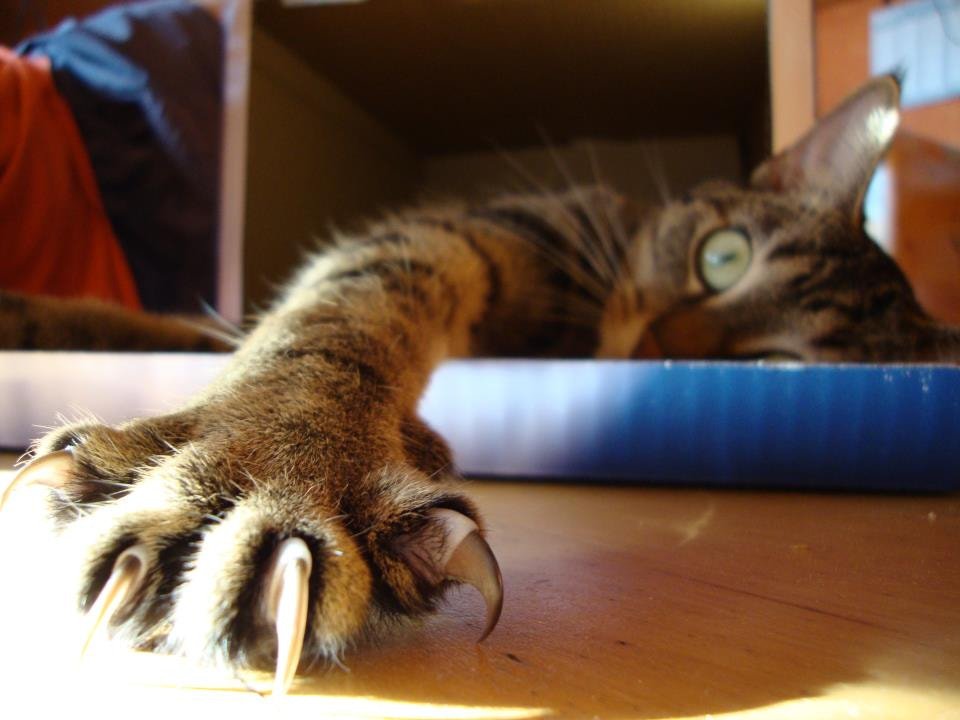Have you ever gazed at your indoor cat, curled up on a sunny windowsill, and wondered what secrets lie beneath their silent purrs and mysterious eyes? Most people assume that indoor cats have it easy—safe from the dangers of the outside world, pampered and protected. But the truth is, life indoors isn’t always what it seems for our feline friends. Behind those whiskers and gentle headbutts, a world of hidden needs and surprising quirks awaits. Whether you’re a seasoned cat parent or just beginning your journey with a new companion, these ten little-known facts about indoor cats will open your eyes and deepen the bond with your furry roommate.
They Can Get Bored—And It’s More Serious Than You Think
Indoor cats may seem like low-maintenance roommates—no muddy paws, no “gifts” from the yard—but don’t be fooled. Life with an indoor feline is full of surprises, quirks, and the occasional 3 a.m. zoomies. While they might not roam the great outdoors, these mysterious little house panthers still find plenty of ways to keep you on your toes.
People often believe that indoor cats are content simply lounging around all day. However, boredom can be a real and serious issue for them. Without the endless stimulation of the outdoors, indoor cats can quickly run out of things to do. This boredom doesn’t just lead to mischief, like climbing your curtains or attacking your toes under the blanket. It can actually cause stress, anxiety, and even depression in cats. You might notice your cat over-grooming, becoming lethargic, or acting out with unusual aggression. Providing a rotating collection of toys, scratching posts, and interactive playtime is crucial. Think of your cat’s mind like a garden—it needs regular tending and variety to flourish.
They Need More Exercise Than You’d Expect

It may come as a shock, but indoor cats aren’t naturally lazy creatures. In the wild, cats can roam for miles, hunt, and climb. Indoors, all that natural energy can build up with nowhere to go. Without enough opportunities for exercise, cats can become overweight or develop behavioral issues. Laser pointers, feather wands, and even homemade obstacle courses can help your cat get the workout they secretly crave. It’s not just about keeping them slim; regular movement keeps their joints healthy and their minds sharp. If you’ve ever seen your cat sprint through the house at midnight, you’ve witnessed a desperate attempt to burn off pent-up energy.
Obesity Is a Hidden Epidemic

You might think that a chubby cat is simply well-loved, but indoor cats face a much higher risk of obesity compared to their outdoor cousins. It’s easy to overlook those extra pounds when your cat is always nearby, snuggling on the couch. However, carrying extra weight can lead to serious health issues like diabetes, arthritis, and heart disease. Indoor cats often have unlimited access to food and fewer chances to move around, making portion control and scheduled meal times essential. Your vet can help determine the right weight for your cat, but a good rule of thumb is to feel their ribs easily beneath the fur.
They’re Not Immune to Parasites and Illness
A common myth is that indoor cats are safe from infectious diseases and parasites. While it’s true that the risk is lower, it’s not zero. Fleas, ticks, and even worms can hitch a ride indoors on your shoes or other pets. Indoor cats can also catch airborne viruses or suffer from dental diseases if their health isn’t monitored. Regular vet check-ups, vaccinations, and preventative treatments are still vital. Don’t let the safety of your home lull you into a false sense of security—your feline friend still needs protection.
Sunlight Is Essential—But Not Always Enough
Sunbeams streaming through a window are a favorite spot for most indoor cats. They love basking in the warmth, but did you know cats need direct sunlight for vitamin D? Unfortunately, glass windows filter out much of the UVB rays responsible for vitamin D synthesis. While cats get most of their vitamin D from food, lack of natural sunlight can still affect their mood and circadian rhythm. Consider opening the curtains during the day and providing cozy sun spots whenever possible. Just remember, sunlight through glass isn’t quite the same as the real thing.
Scratching Is Not Just Mischief—It’s a Necessity

Many cat owners get frustrated when their indoor cats scratch the furniture. But scratching isn’t just a bad habit—it’s a deep-rooted feline instinct. Cats scratch to mark territory, stretch their muscles, and keep their claws healthy. It’s like their version of a morning workout and diary entry all in one. Instead of punishing your cat, provide plenty of scratching posts and mats around the house. Try different materials—some cats love cardboard, others prefer sisal. A happy cat is one with choices, and your furniture will thank you for it.
They Can Suffer from Loneliness
It’s easy to assume cats are solitary, self-sufficient creatures. But indoor cats can suffer from loneliness, especially if they spend long hours alone while you’re away. Cats might become withdrawn, vocalize more, or exhibit destructive behaviors when they feel neglected. Consider interactive toys that dispense treats, or even a second feline companion if your lifestyle allows. Make time each day for cuddles and play. Even a simple window perch can help your cat feel more connected to the world outside.
Their Senses Need Stimulation
An indoor environment can quickly become monotonous for a cat’s supercharged senses. Cats have an incredible sense of smell, hearing, and sight, all designed for exploration and hunting. Without stimulation, they can become restless or anxious. Rotate their toys, introduce new scents with cat-safe herbs, and provide puzzle feeders to challenge their minds. Watching birds from a window or listening to gentle music can also enrich their environment. Think of their senses as muscles—if you don’t use them, you lose them.
Indoor Plants Can Be Dangerous
Many cat owners love to decorate with houseplants, not realizing some common varieties are toxic to cats. Curious felines may nibble on leaves or dig in the soil, leading to upset stomachs or worse. Lilies, philodendrons, and pothos, for example, can cause serious health issues if ingested. Always research your plants before bringing them home and choose pet-safe varieties like spider plants or cat grass. Keep toxic plants out of reach or opt for artificial greenery to keep your cat safe.
They Crave Routine and Predictability
Indoor cats thrive on routine, perhaps even more than we do. Sudden changes—like moving furniture, new people, or altered feeding times—can cause stress and unwanted behaviors. Cats find comfort in predictability, knowing when meals arrive, where their favorite sleeping spot is, and what to expect from their day. Try to keep a consistent schedule, and introduce changes gradually. When you respect your cat’s need for routine, you’ll notice a calmer, happier companion who feels secure in their home.
Life with an indoor cat is full of little surprises, joys, and challenges. Every whisker twitch and gentle purr is a reminder of their hidden needs and the special care they require. Did any of these truths about indoor cats surprise you?
Jen is a passionate nature lover and ocean conservationist. She has dedicated her life to protecting the environment and preserving the beauty of the natural world. Growing up in a small coastal town, Jen sincerely appreciated the ocean and its inhabitants. She has spent countless hours exploring the shoreline, learning about the creatures that inhabit the waters, and advocating for their protection. Jen is an active member of ocean conservation organizations, and she is committed to educating the public about the importance of conserving wildlife and the natural environment.





